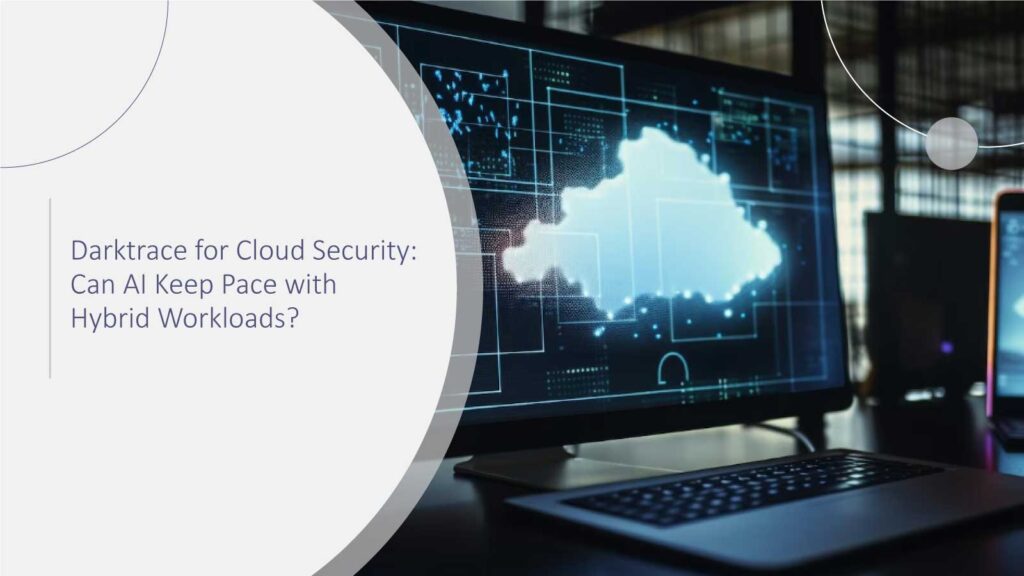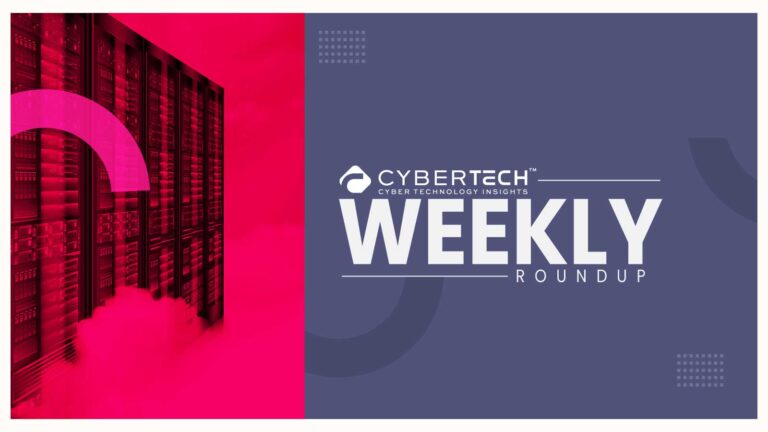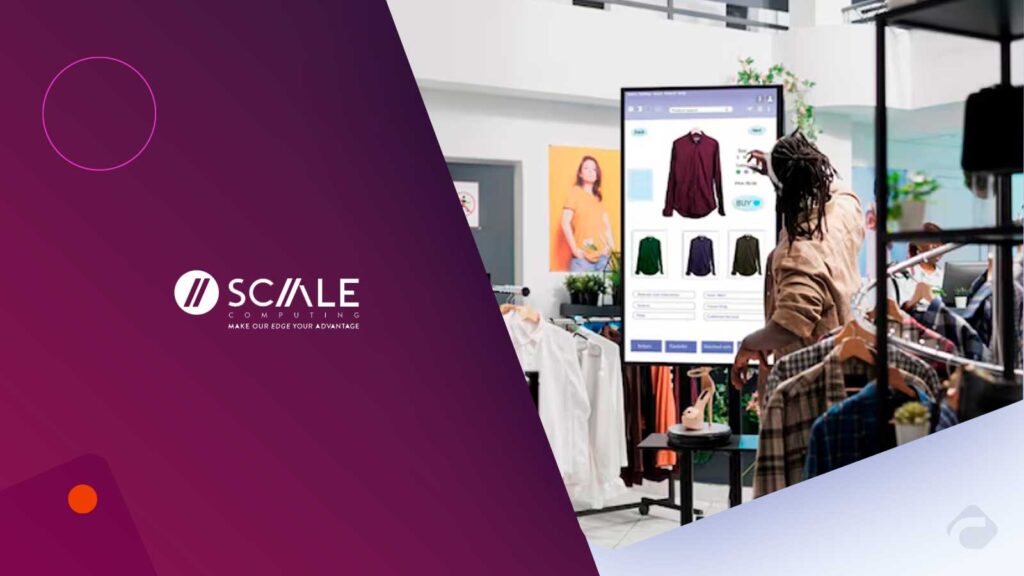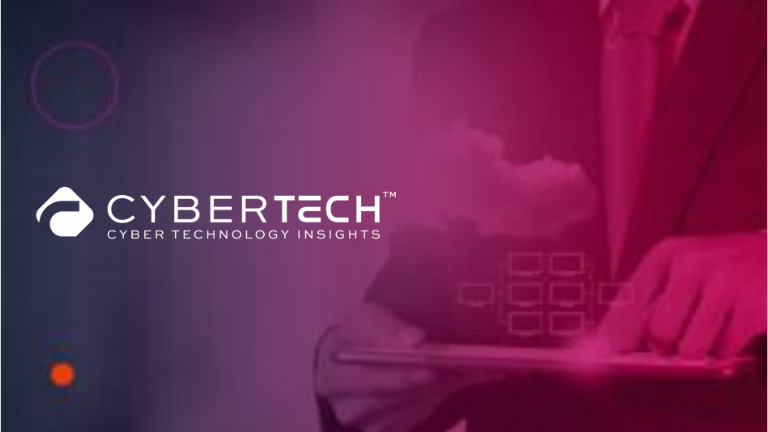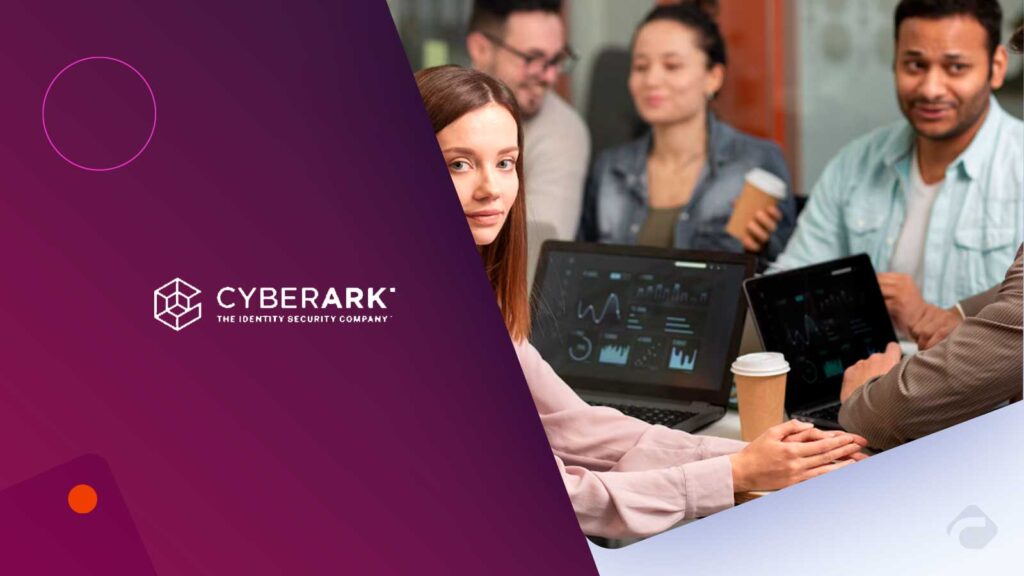Introduction: A New Security Battlefield
Cloud adoption in 2025 is now a “must-have” and the foundation of digital transformation. Fortune 500s and startups alike are shifting workloads to public cloud, private cloud, and on-premises infrastructure. Hybrid work has introduced a new level of complexity, with workers accessing applications from home, airports, and coffee shops, and increasingly from unmanaged devices. McKinsey projects that cloud adoption could generate over US$3 trillion in EBITDA value by 2030 across Forbes Global 2000 companies.
This larger attack surface is the haven of cybercrime. One poorly configured API, one unattended SaaS integration, or one vulnerable identity control can be the cybercriminal’s welcoming mat. Legacy security appliances, designed for static, perimeter-only IT environments, are yesterday’s technology.
Enter AI-powered cloud security. There are vendors such as Darktrace that offer autonomous detection and response based on artificial intelligence. But is AI ever going to be able to keep up with the speed, complexity, and uncertainty of hybrid workloads?
This piece delves into Darktrace’s use of AI in cloud security, the challenge of hybrid workloads, stories of real-world success (and limitation), and where AI-powered cybersecurity futures are taking us.
The Era of Hybrid Workloads
Hybrid cloud is no longer a buzz; it’s the reality of the manner in which most companies are operating today. By 2027, Gartner expects that over 75% of enterprises will have workloads on two or more cloud providers and on-premises infrastructure.
What are hybrid workloads? Let’s consider an example of a global retail company:
- Its customer database resides on AWS RDS.
- Its marketing analytics engine is on Azure.
- Sensitive financial transactions stay on proprietary data centers for reasons of regulation.
- Remote employees, however, use SaaS applications such as Salesforce, Slack, and Zoom.
This is a dynamic, distributed system where workloads shift perpetually. A one-week marketing campaign may cause AWS usage to spike, only to be replaced the following week with a compliance audit pulling data into in-house servers. With every change comes new threats, network blind spots, asynchronous access controls, and likely misconfigurations.
Hybrid workloads must be secured rapidly and agilely, something that legacy tools are not equipped to do. This is where AI-centric platforms like Darktrace claim to excel, performing something legacy tools can’t: real-time learning and adaptation.
The Special Challenges of Cloud Security Within Hybrid Environments
Let us first recap the key pain points of security for hybrid workloads:
Visibility Gaps
Hybrid environments span multiple providers. Hybrid environments are isolated with unique dashboards, logs, and APIs, which makes it difficult to have a single pane of glass to share for security monitoring.
Identity and Access Risks
Remote workers mean that identity is the perimeter. Stolen IAM policies, over-privileged accounts, or credential exposure could leave sensitive workloads vulnerable to attack.
Misconfigurations
65% of cloud breaches were caused by misconfigured resources in IBM’s 2024 Cost of a Data Breach report. Even a simple error of exposing an S3 bucket can be disastrous.
API and SaaS Exploits
Applications are API-based these days. Exposed or insecure APIs are being targeted more and more by hackers either for data exfiltration or lateral movement.
Shadow IT and SaaS Sprawl
Users bring on SaaS applications without IT endorsement, bringing in unmanaged risk that traditional controls won’t be able to uncover.
These factors highlight why human-driven security monitoring is no longer adequate. The simplicity and speed of hybrid workloads require intelligent automation.
The Role of AI in Today’s Cloud Security
So, when does AI enter the scene? Unlike static security policies or signature-based solutions, AI can:
Learn “normal” behavior in real time, independent of workload, applications, or users.
Detect anomalies in real time, whether it’s a malicious data transfer, login attempt, or API call.
Actuate at machine speeds, minimizing dependence on human analysts who won’t be able to keep up with all the critical signals.
Think of AI as an immune system for the digital world: just as your body recognizes and resists new pathogens, AI can recognize and resist new patterns of attack, zero-day exploits, too, without signature updates.
However, the greatest subtlety involved here is this: AI is not sorcery. It’s all about data quality, cloud integration with carriers, and the capability to remove false positives. That’s where we look at Darktrace.
McKinsey highlights that much of this value comes not just from cost savings, but from innovation-driven growth enabled by the cloud
How Darktrace Leverages AI for Cloud Security
Darktrace, the first to use machine learning against cyber threats since 2013, extended its enterprise product, Darktrace Enterprise Immune System, into cloud security with hybrid environment-designed features.
1. Self-Adaptive AI
Darktrace AI continuously monitors workloads, users, and traffic to define a baseline of “normal.” This is particularly important in the cloud, where “normal” is dynamically high.
Example:
If an AWS asset is typically accessed by a London coder in working hours but subsequently interacts with gigabytes of information in Singapore during the back-end of the night, Darktrace picks it up immediately.
2. Autonomous Response (Darktrace RESPOND)
Should an anomaly be observed, Darktrace RESPOND can react automatically e.g., throttle an abusive connection, block an API call, or quarantine a compromised account without needing approval.
3. Cloud Integrations
Darktrace is backed by AWS, Microsoft Azure, and Google Cloud, and SaaS tools such as Salesforce, Microsoft 365, and Zoom. This enables it to scan workload traffic across hybrid environments.
4. Hybrid Workload Visibility
Darktrace includes an in-built dashboard plotting workload communications between clouds and on-premises platforms. Visibility is central to discovering lateral movement and insider attacks.
Case Studies: Where Darktrace Excels
Case Study 1: Protecting an International Law Firm
A global law firm utilized Darktrace to protect confidential client files stored on AWS and a self-hosted data center. As an attacker accessing a compromised account tried to exfiltrate case files through encrypted traffic, Darktrace AI detected the anomaly and blocked the exfiltration automatically prior to a multimillion-dollar data loss being obtained.
Case Study 2: SaaS Exploitation in Remote Work
One healthcare organization experienced unauthorized access to Microsoft 365 accounts during the pandemic. The old security controls didn’t detect the traffic because the credentials were technically correct. Darktrace detected anomalies in behavioral patterns, unusual times of access, unusual email-sending habits, and stopped the threat before phishing campaigns propagated internally.
The Risks and Limitations of AI for Cloud Security
While filled with promise, AI is no silver bullet. Organizations need to be mindful of their limitations:
False Positives
AI may misinterpret legitimate spikes in workload (e.g., an unexpected surge of sales during the holiday period) as anomalies and generate alert fatigue.
Cost and Complexity
Darktrace installed across a hybrid setup of any size is costly, not in the solution itself but in trained manpower to implement it.
Adversarial Attacks
Attackers themselves employ more AI, seeking to “poison” training data or create attacks that are crafted to look normal so they will not be caught.
Vendor Ecosystem Dependency
Although Darktrace is integrated into the major cloud vendors, there could still be vulnerabilities for custom SaaS solutions or in-house solutions.
Future Outlook: AI and the New Generation of Cloud Security
In the years to come, the race between AI defender and AI attacker will continue. Among the trends to look out for:
Generative AI for Security: AI systems will not only be able to identify but also generate attack scenarios to allow organizations to pre-emptively stress-test their defenses.
AI-Driven Zero Trust: Identity verification and ongoing authentication will be increasingly automated through AI, reducing human errors.
Cloud Provider Alliances: Integrate more robust alliances between AI security providers such as Darktrace and hyperscalers (AWS, Azure, GCP) in order to provide more advanced workload visibility.
AI + Human Synthesis: Best plans will coordinate machine-speed detection with human intuition for context-based decision-making.
I.e., AI will not replace security teams but will be their most beloved sidekick.
Conclusion
The question is not whether AI can maintain parity with hybrid workload; it’s whether or not businesses are willing to put their faith in AI to help them do so. Darktrace has demonstrated the ability to perceive, learn, and respond in ways that human teams simply cannot, especially in high-speed cloud environments.
AI is hardly flawless, however. It needs to be part of the overall balanced strategy: AI investments like Darktrace on top of solid security fundamentals, identity governance, compliance, and human monitoring.
As hybrid workloads continue to grow, here’s one thing that’s for sure: AI will be key to making the cloud-first future a reality.
FAQs
1. Why are hybrid workloads more difficult to defend than legacy IT?
Hybrid workloads cross three environments: cloud, on-premises, and SaaS. It introduces visibility gaps, heterogeneous policies, and higher misconfiguration risk than classic centralized IT.
2. Why is Darktrace’s AI different from other security tools?
Unlike signature-based technology, Darktrace employs self-learning AI to develop a model of “normal” behavior and identify anomalies in real-time, including zero-day attacks.
3. Does Darktrace block cloud attacks automatically?
No. Darktrace can be configured to automatically contain or block threats, but it must complement,n ot supplant, good security hygiene like zero trust, patching, and compliance auditing.
4. What industries will reap the greatest benefit from Darktrace cloud security?
Highly regulated industries like finance, healthcare, and law firms are particularly assisted because they have hybrid workloads and require stringent safeguarding of data.
5. Will AI totally replace human security analysts?
Not quite. There will be detection and response machine speed with AI processing, but there will still going to need to be human judgment for strategy, compliance, and interpretation of complicated attack situations.
For deeper insights on agentic AI governance, identity controls, and real‑world breach data, visit Cyber Tech Insights.
To participate in upcoming interviews, please reach out to our CyberTech Media Room at sudipto@intentamplify.com.

